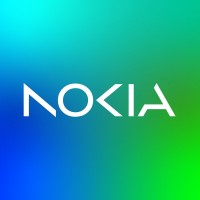
Orange
Orange is one of the world’s leading telecommunications operators with revenues of 40.3 billion euros in 2024 and 127,000 employees worldwide at 31 December 2024, including 71,000 employees in France. The Group has a total customer base of 291 million customers worldwide at 31 December 2024, including 253 million mobile customers and 22 million fixed broadband customers. The Group is present in 26 countries. Orange is also a leading provider of global IT and telecommunication services to multinational companies under the brand Orange Business. In February 2023, the Group presented its strategic plan « Lead the future », built on a new business model and guided by responsibility and efficiency. « Lead the future » capitalizes on network excellence to reinforce Orange's leadership in service quality.






